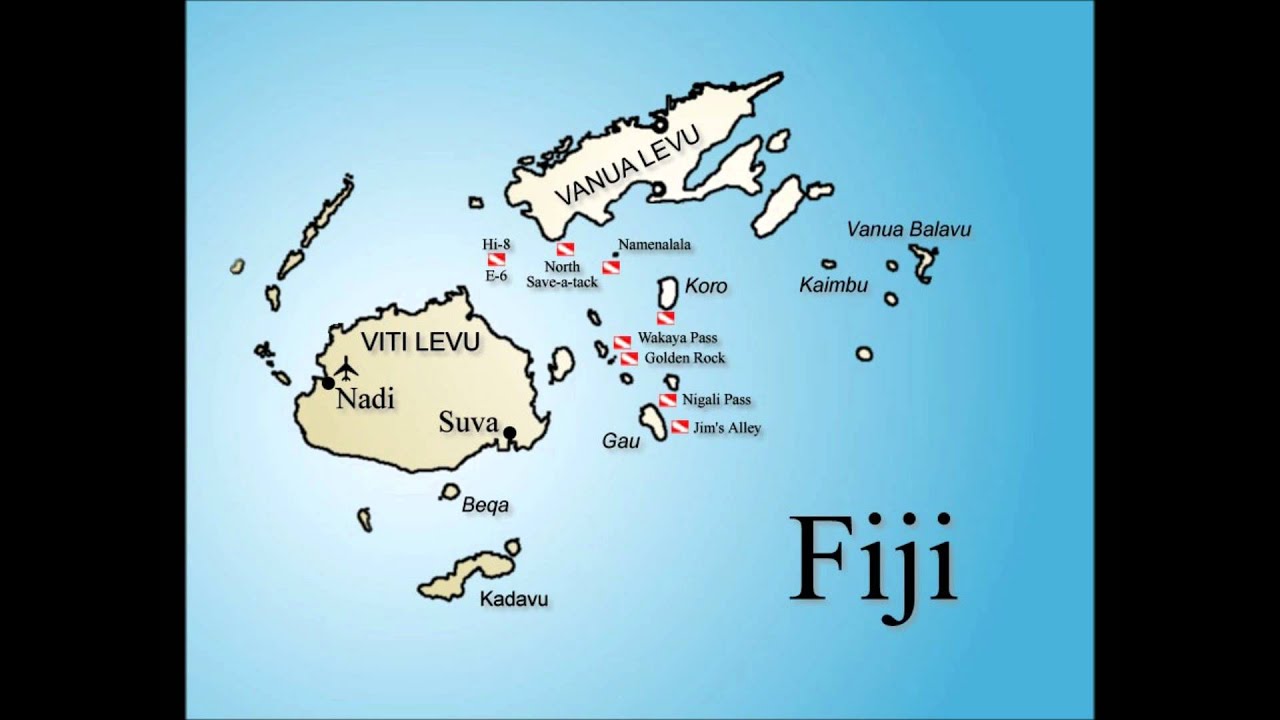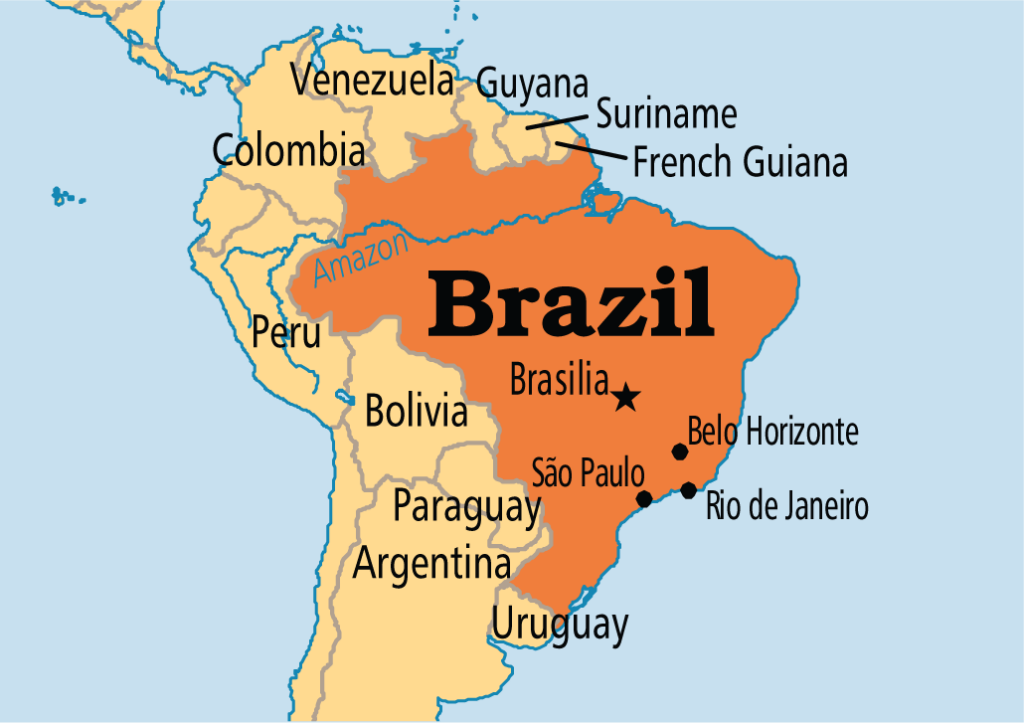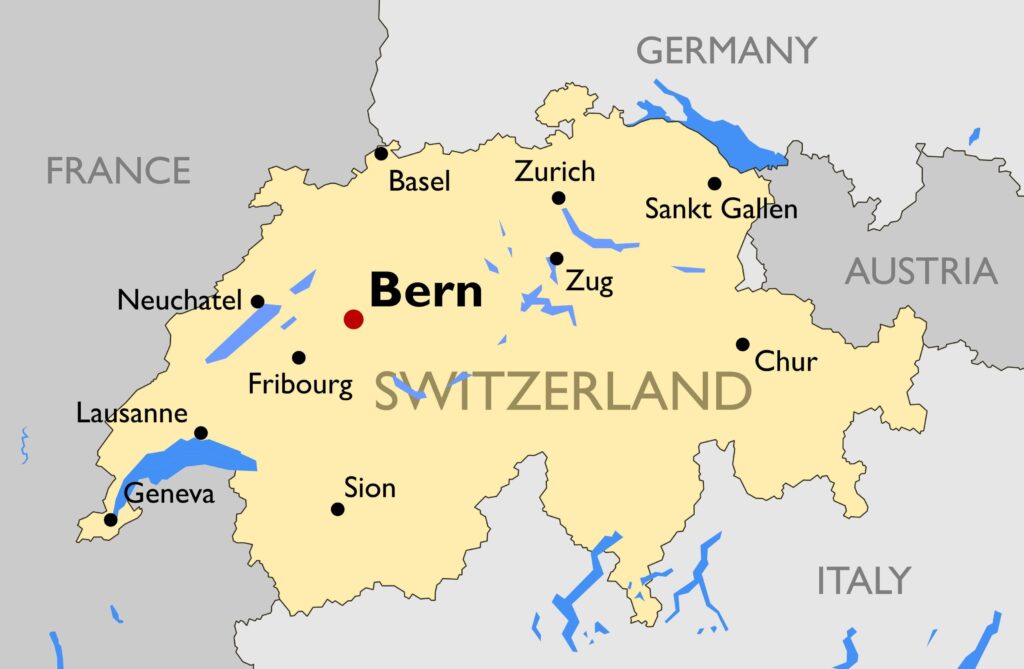Introduction to Fiji
Fiji is a Melanesian country located in the South Pacific Ocean. It consists of over 330 islands, of which around 110 are permanently inhabited. The two largest islands, Viti Levu and Vanua Levu, account for 87% of the population. Fiji’s capital city, Suva, is located on Viti Levu. With its tropical climate, stunning beaches, and friendly locals, Fiji is a popular tourist destination.
H2: Geography of Fiji
Fiji’s geographical landscape is diverse, comprising volcanic islands with rugged terrain, pristine beaches, and coral reefs. Here’s a closer look at the geography of Fiji:
Major Islands
- Viti Levu: The largest island, home to the capital city, Suva, and the international airport in Nadi. It features diverse landscapes, including mountains, rivers, and coastal plains.
- Vanua Levu: The second-largest island, known for its lush forests, sugar cane plantations, and the town of Labasa.
- Taveuni: Often called the “Garden Island” due to its rich flora and fauna. It’s a popular destination for hiking and diving.
- Kadavu: Known for the Great Astrolabe Reef, one of the world’s largest barrier reefs, making it a haven for divers.
Climate
Fiji has a tropical marine climate, with a wet season from November to April and a dry season from May to October. The temperature is relatively constant year-round, averaging around 25-31°C (77-88°F). Cyclones can occur between November and April.
Flora and Fauna
Fiji’s biodiversity is remarkable, with numerous endemic species of plants and animals. The islands are covered with tropical forests, mangroves, and coastal vegetation. Fiji’s waters are home to vibrant coral reefs, a variety of fish species, and marine life, making it a hotspot for biodiversity.
History of Fiji
Fiji has a rich history that dates back over 3,000 years. It has been influenced by various cultures and events over the centuries.
Early Settlements
The first settlers in Fiji were the Lapita people, who arrived around 1500 BCE. They were skilled navigators and pottery makers. These early inhabitants established the foundation for Fijian culture.
European Contact
The first European to sight Fiji was Dutch explorer Abel Tasman in 1643. In the late 18th century, British explorers, including Captain James Cook, visited the islands. The arrival of Europeans led to significant changes in Fiji, including the introduction of Christianity by missionaries in the 19th century.
British Colonization
In 1874, Fiji became a British colony. The colonial period saw the introduction of sugar cane plantations and the influx of Indian laborers under the indenture system. This has had a lasting impact on Fiji’s demographics and culture.
Independence
Fiji gained independence from Britain on October 10, 1970. Since then, Fiji has experienced political instability, including coups in 1987, 2000, and 2006. Despite these challenges, Fiji has made progress in building a stable and democratic society.
Culture of Fiji
Fijian culture is a vibrant blend of indigenous traditions, Indian influences, and Western elements. It is characterized by a strong sense of community and respect for traditions.
Indigenous Fijian Culture
Traditional Fijian culture is centered around the communal lifestyle of villages. Key elements include:
- Yaqona Ceremony: Also known as kava, this traditional drink made from the root of the yaqona plant is central to Fijian social and ceremonial life.
- Meke: Traditional dance and music performances that tell stories of Fijian history and legends.
- Bure: Traditional Fijian thatched houses, which are an important part of village life.
Indian Influence
The Indian community in Fiji, descendants of indentured laborers brought during the colonial period, has significantly influenced Fijian culture. This is evident in the cuisine, festivals, and religious practices.
- Cuisine: Indian dishes such as curry, roti, and dhal are popular in Fiji.
- Festivals: Hindu festivals like Diwali and Holi are celebrated widely.
- Religions: Hinduism and Islam are practiced alongside Christianity in Fiji.
Contemporary Culture
Modern Fijian culture is a fusion of traditional and contemporary influences. Rugby is a national obsession, with Fiji excelling in both rugby union and rugby sevens. Fiji’s music scene includes traditional Fijian music, Indian music, and modern genres like reggae and hip-hop.
Economy of Fiji
Fiji’s economy is diverse, with key sectors including tourism, agriculture, and manufacturing.
Tourism
Tourism is a major contributor to Fiji’s economy. The country’s natural beauty, friendly locals, and array of activities make it a popular destination. Key tourist areas include:
- Coral Coast: Known for its stunning beaches and resorts.
- Mamanuca and Yasawa Islands: Famous for their crystal-clear waters and luxury resorts.
- Suva: The capital city, offering a mix of urban experiences and cultural attractions.
Agriculture
Agriculture is another vital sector. Key products include:
- Sugar Cane: A significant export product.
- Coconuts: Used for copra and coconut oil production.
- Root Crops: Such as taro and cassava, which are staples in the Fijian diet.
Manufacturing
Fiji’s manufacturing sector includes the production of garments, food and beverages, and tobacco. The country also has a growing information and communication technology (ICT) sector.
Trade
Fiji’s main trading partners include Australia, New Zealand, the United States, and China. The country imports machinery, transport equipment, mineral fuels, and chemicals, while exporting sugar, garments, and gold.
Travel Tips for Fiji
Traveling to Fiji can be an unforgettable experience. Here are some essential travel tips:
Entry Requirements
Visitors to Fiji typically need a valid passport and a return ticket. Citizens of many countries, including the United States, Canada, the EU, and Australia, do not need a visa for stays of up to four months.
Health and Safety
Fiji is generally safe for tourists, but it’s essential to take standard precautions. Ensure you have travel insurance, drink bottled water, and be aware of potential natural hazards such as cyclones.
Currency
The currency in Fiji is the Fijian dollar (FJD). Credit cards are widely accepted in major tourist areas, but it’s advisable to carry some cash for smaller purchases.
Language
Fiji has three official languages: English, Fijian, and Hindi. English is widely spoken, especially in tourist areas.
Cultural Etiquette
Respect local customs and traditions. Dress modestly when visiting villages and religious sites, and always ask for permission before taking photos of people.
Fun Activities
Fiji offers a wide range of activities for all types of travelers:
- Snorkeling and Diving: Explore the vibrant coral reefs and marine life.
- Hiking: Discover the lush landscapes and waterfalls on hikes through the islands.
- Cultural Experiences: Participate in traditional ceremonies and village visits.
- Water Sports: Enjoy kayaking, paddleboarding, and sailing.
Maps of Fiji
Understanding Fiji’s geography is easier with the help of maps. Here are some key maps to explore:
Political Map
A political map of Fiji shows the country’s administrative divisions, including its two main islands, Viti Levu and Vanua Levu, and its capital city, Suva. It highlights the major towns, cities, and infrastructure.
Physical Map
A physical map showcases Fiji’s topography, including its mountains, rivers, and coastal features. It provides a clear picture of the country’s diverse landscapes.
Tourist Map
A tourist map highlights key attractions, resorts, and travel routes. It is useful for planning your trip and navigating the various islands and regions.
Historical Map
A historical map of Fiji can provide insights into the country’s colonial past, indigenous settlements, and significant historical events. It offers a fascinating glimpse into the evolution of Fiji over the centuries.
Conclusion
Fiji is a captivating destination with a rich cultural heritage, diverse geography, and a dynamic economy. Whether you are planning a visit or simply interested in learning more about this beautiful island nation, understanding its maps and facts provides valuable insights into what makes Fiji unique. From its stunning natural beauty to its vibrant cultural traditions, Fiji offers something for everyone.
What continent is Fiji in the map?
Fiji is located in the continent of Oceania, specifically in the South Pacific Ocean, northeast of New Zealand and east of Australia.
What is the main island of Fiji called?
The main island of Fiji is called Viti Levu, which is home to the capital city, Suva, and the international airport in Nadi.
What type of geographic feature is Fiji?
Fiji is an archipelago, comprising over 330 islands and more than 500 islets, formed primarily through volcanic activity.
What is Fiji’s most famous landmark?
Fiji’s most famous landmark is the Sigatoka Sand Dunes National Park, known for its impressive sand dunes and archaeological significance.
What type of climate is Fiji?
Fiji has a tropical marine climate, characterized by a wet season from November to April and a dry season from May to October, with consistently warm temperatures year-round.
What is special about Fiji?
Fiji is renowned for its stunning natural beauty, including pristine beaches, vibrant coral reefs, and lush tropical forests, as well as its rich cultural heritage and welcoming hospitality.
What type of boundary is Fiji?
Fiji is located on the boundary between the Indo-Australian Plate and the Pacific Plate, making it part of the Pacific Ring of Fire with significant geological activity.
What is Fiji major landforms?
Fiji’s major landforms include volcanic mountains, extensive coral reefs, tropical rainforests, and sandy beaches. The islands of Viti Levu and Vanua Levu feature rugged terrain with peaks and river valleys.
What are 2 physical features of Fiji?
Two notable physical features of Fiji are the Great Astrolabe Reef, one of the largest barrier reefs in the world, and Mount Tomanivi, the highest peak in Fiji, located on Viti Levu.
Where does Fiji water come from?
Fiji Water is sourced from an artesian aquifer located on the island of Viti Levu. This underground aquifer is naturally filtered through layers of volcanic rock.
- 7 Reasons Why Rome Fell - July 26, 2024
- 7 Interesting Facts About Ancient Greece - July 26, 2024
- East African Countries - July 19, 2024




